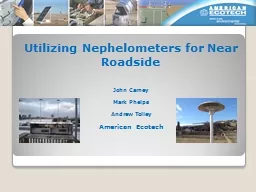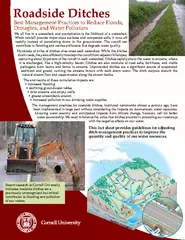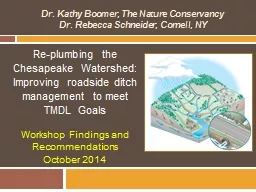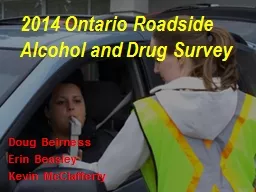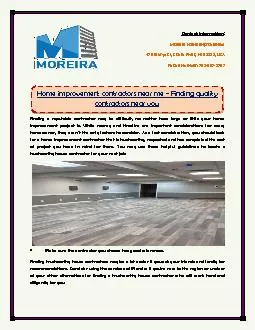PPT-Utilizing Nephelometers for Near Roadside
Author : myesha-ticknor | Published Date : 2018-12-16
John Carney Mark Phelps Andrew Tolley American Ecotech Roadside Monitoring Nephelometers 101 Light trap Sample outlet Sample inlet Temp RH sensor Measurement bench
Presentation Embed Code
Download Presentation
Download Presentation The PPT/PDF document "Utilizing Nephelometers for Near Roadsid..." is the property of its rightful owner. Permission is granted to download and print the materials on this website for personal, non-commercial use only, and to display it on your personal computer provided you do not modify the materials and that you retain all copyright notices contained in the materials. By downloading content from our website, you accept the terms of this agreement.
Utilizing Nephelometers for Near Roadside: Transcript
Download Rules Of Document
"Utilizing Nephelometers for Near Roadside"The content belongs to its owner. You may download and print it for personal use, without modification, and keep all copyright notices. By downloading, you agree to these terms.
Related Documents

